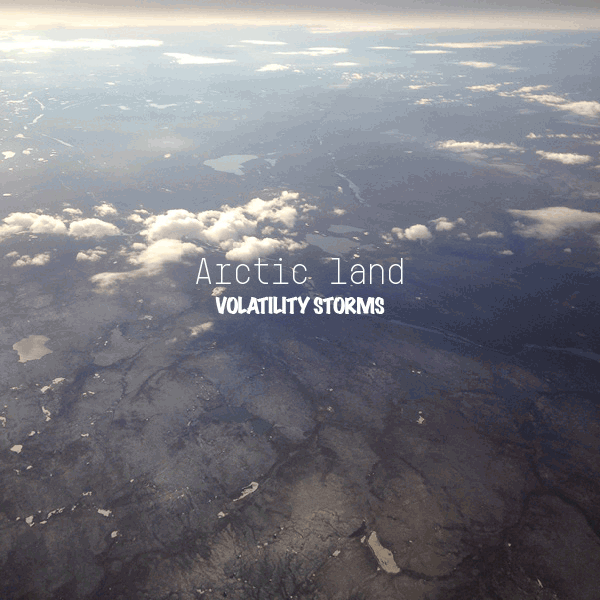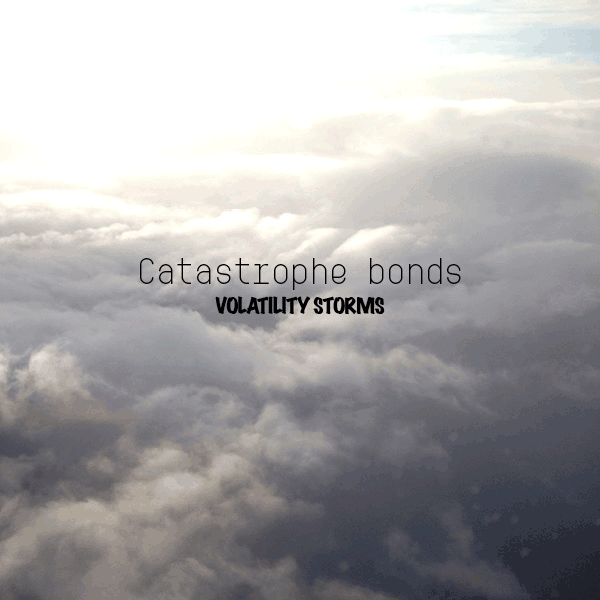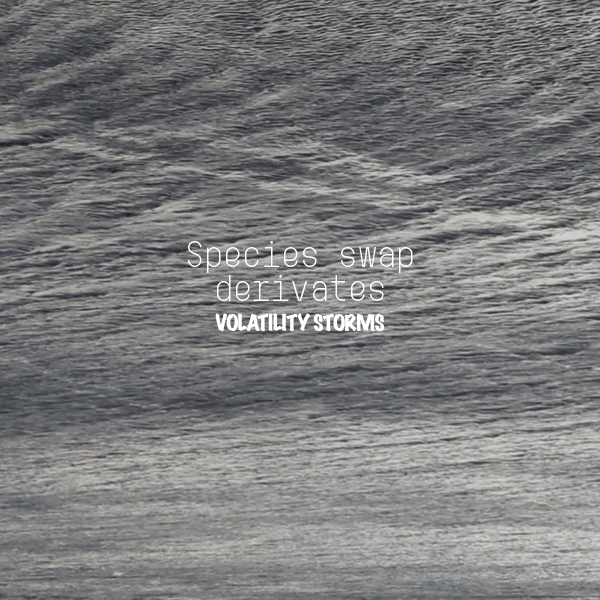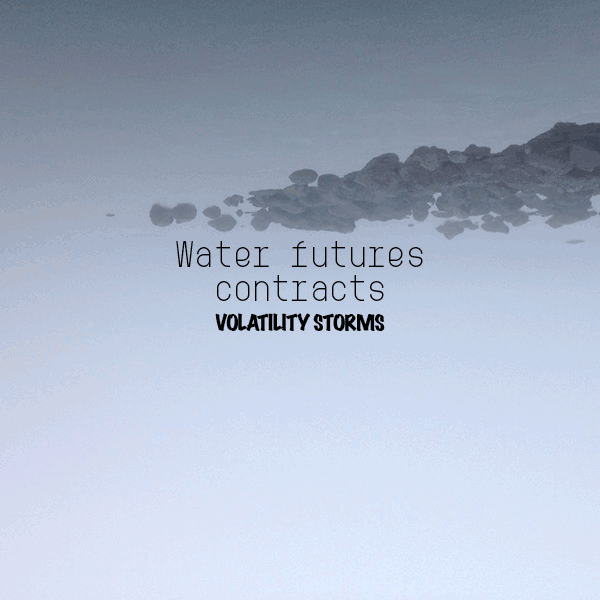Volatility Storms
2014, online contribution for extinct.ly
‘Extinction Marathon: Visions of the Future’ at Serpentine Galleries
VOLATILITY STORMS INVESTMENT PORTFOLIO – Global warming, natural disasters, and extinction aren’t bad news for everyone. They open up new frontiers for financial markets in terms of investment but also on an infrastructural level. Financial markets can quantify and price everything. The melting Arctic ice uncovers new lines for trading algorithms, future hurricanes are compressed into CAT bonds, endangered species are vaporized into speculative financial products. For traders it is not relevant if and why places become colder, dryer, wetter or stormier, it is the rising weather volatility that counts. Rising weather volatility generates an increasing number of events which means more opportunities to speculate. Catastrophe is a safe bet.

ARTIC CABLES – The future Arctic is described as a new continent with untapped resources, exotic ecosystems and new trade lanes. Global warming will literally open up faster routes for trading algorithms as the melting ice will make it possible to lay submarine cables onto the Arctic sea floor. These Arctic submarine cables will be constructed for the sole purpose of increasing speed. In the near future, this should shortcut the data connection between the financial markets of London and Tokyo that are presently linked via the Middle-East and the Pacific. Latency is expected to drop substantially, data traffic is expected to be 30% faster. Less ice means more money, in less time.
––––––––––

ARCTIC LAND – “The best investment opportunities in the last 12,000 years”, is how investors are describing the Arctic region. For financial markets, the Arctic is the Next Big Thing – a new frontier of imagination and investment opportunities. Melting ice will make massive gas and oil fields in the Arctic sea more accessible, the now frozen tundras will become suitable for agriculture, and valuable minerals – sink, iron, gold, and nickel – in which the Arctic is rich, will be easier to mine. Investment in the Arctic implies massive financial and ecological risks, but risks are what makes financial markets thrive. Currently, investors are attempting to get a foothold on these markets by making Arctic land deals and new infrastructure plans. The Arctic chess game will expand the financial markets of natural resources.
––––––––––

CATASTROPHE BONDS – On October 18th, 2014, Hurricane Ana is expected to hit Hawaii. It carries the potential to create big profits and big losses in the financial markets. Catastrophe bonds turn floods, volcanic eruptions, hurricanes, earthquakes and tsunamis into financial products. Financial risks from natural disasters are highly concentrated in a few places. With rising weather volatility and frequency of natural disasters, insurers and governments are finding themselves in increasing difficulties to cover catastrophic risks. One solution has been found in selling catastrophe bonds to spread the risk. The buyer of this bond invests in catastrophe insurance and loses all the money invested when a specified natural disaster occurs within a predetermined number of years. This way, the seller is ensured against extreme losses and pays the buyer a high-interest rate. Spreading risks in broader markets via cat-bonds is like distributing an earthquake of the highest level across the planet, to the extent that no one feels its force. Cat-bonds deal with rare events and a great degree of uncertainty is involved. When a natural disaster hits, it hits hard but these moments of disruption are perfect for investors: high risk-taking is repaid in high returns, as long as the coin falls on the right side.
––––––––––

SPECIES SWAP DERIVATIVE – It can be profitable for speculators to contribute to the depletion of animal stocks thereby speeding up the extinction process: e.g. Atlantic blue tuna fish are frozen in anticipation of future prices. When going extinct stockpiles of a specie (or its body parts) become of infinite value. New anticipated financial products – the so called “species swap” – are derivatives that should preserve endangered species. Fiscal and debt crisis withhold states back from investing in biodiversity and gives way to the financialization of animals. Species swap contracts secure the efforts of investors to look after a specific habitat of an endangered species. If the species goes up in number the state pays the investor interest if the number declines the state receives money from the investor. Species as renewable or non-renewable resources, betting on extinction or survival works either way.
––––––––––

FUTURES CONTRACTS IN WATER – The oil of the 21st century is too cheap and undervalued, and governments have only started to realize this by criminalizing the harvesting of grey water. Collecting rainwater is, for example, illegal in the US and will put you in jail. Investing in water companies and infrastructure helps to secure its value in the future, just as making land and water deals in undeveloped areas of the world. Yet, trading water as a commodity opens a new perspective for international financial markets. Usable water becomes scarce and will need to be mined, processed and stored. Local shortages and surpluses around the world and the highly political prices that differ per country creates a need for water to be moved around the world. This generates a competitive landscape for an international water futures market. When water is disconnected from its local territory and its ownership can be traded in exchanges, then water truly becomes liquid, global and directly convertible to cash.
––––––––––